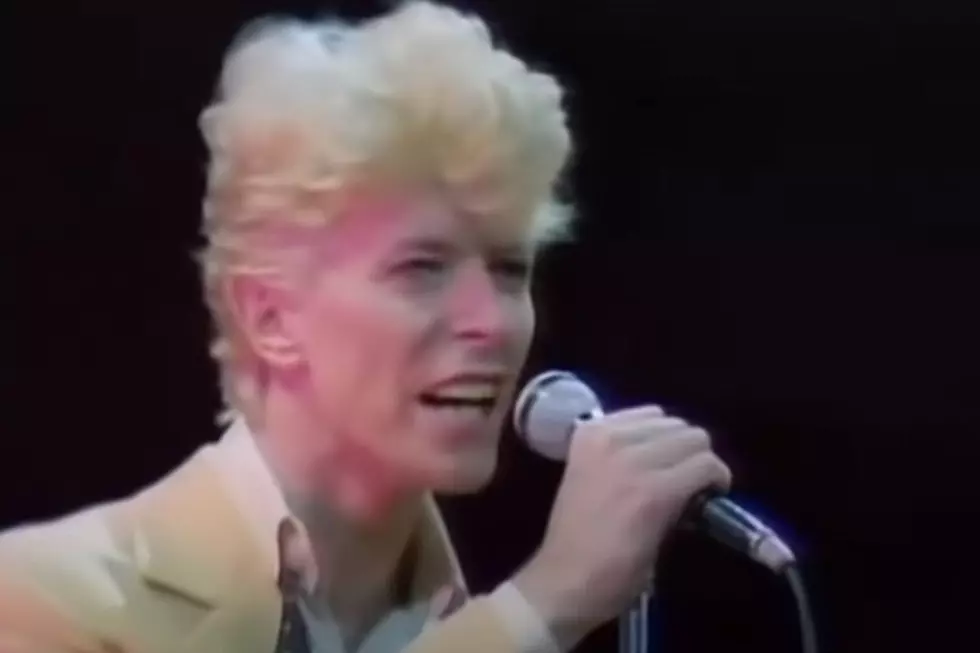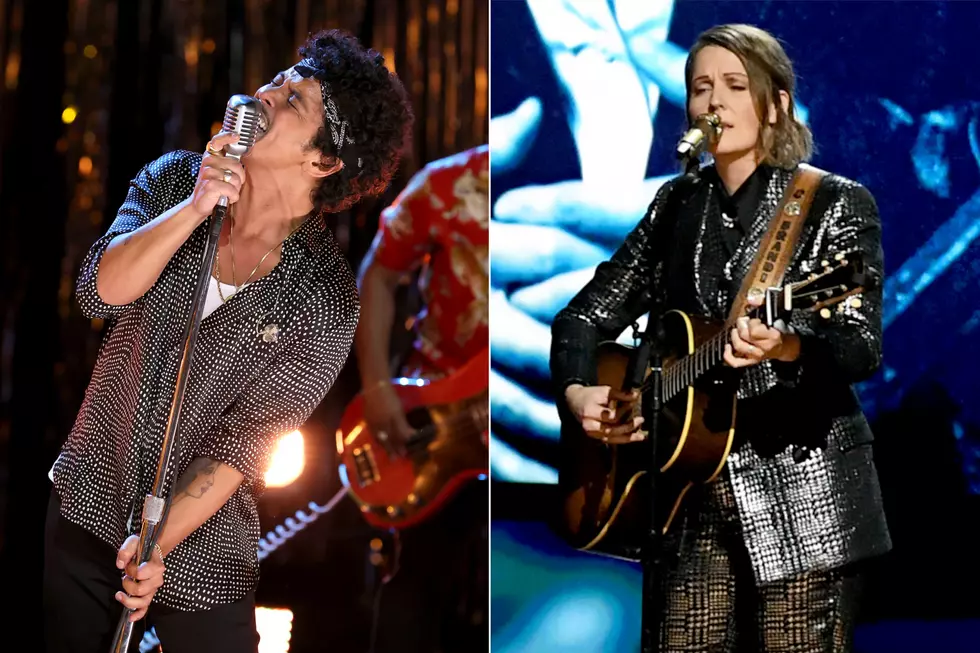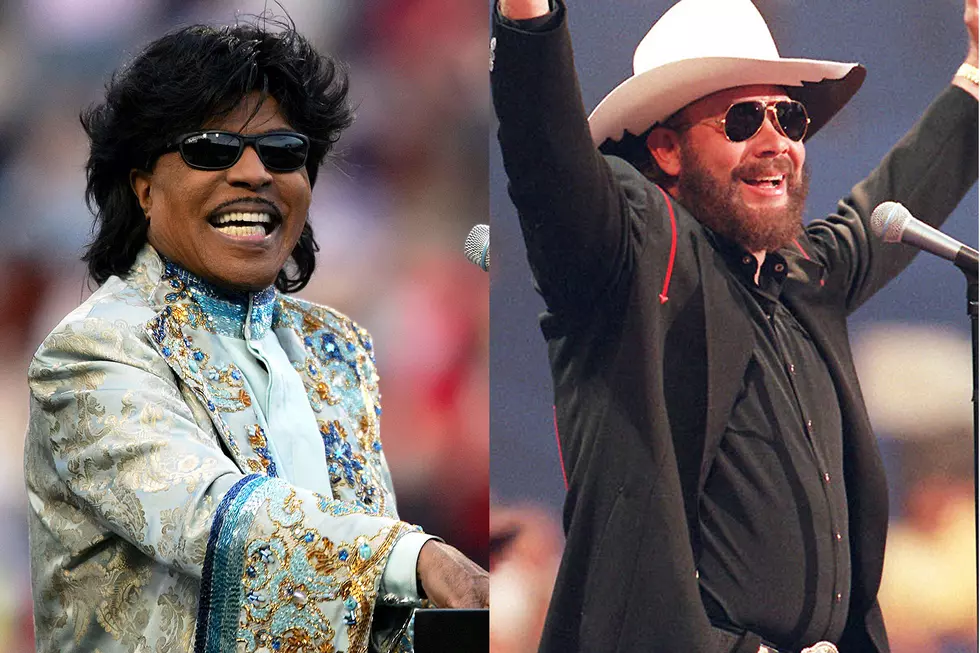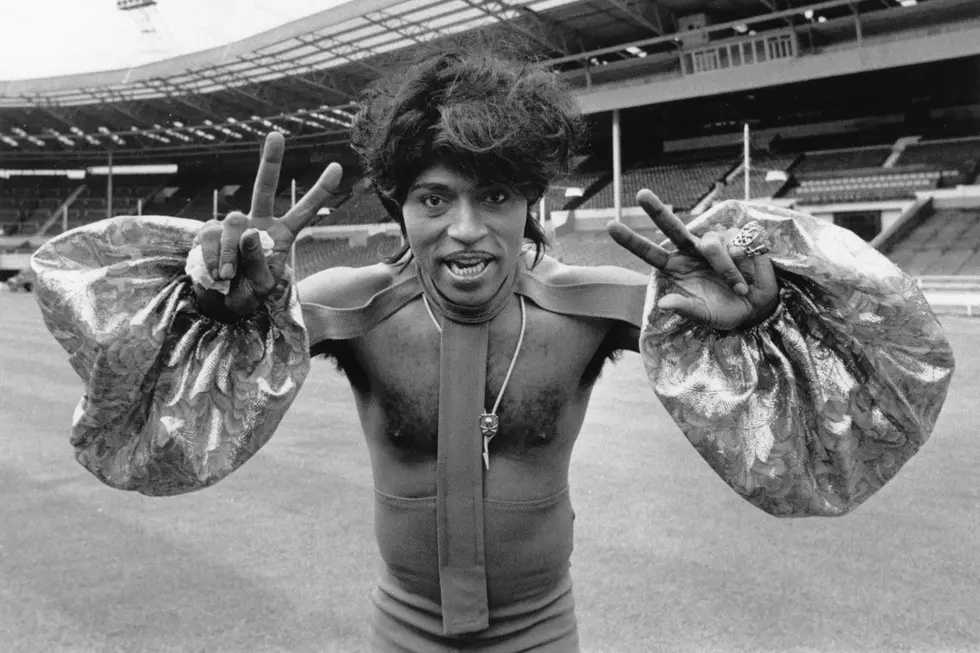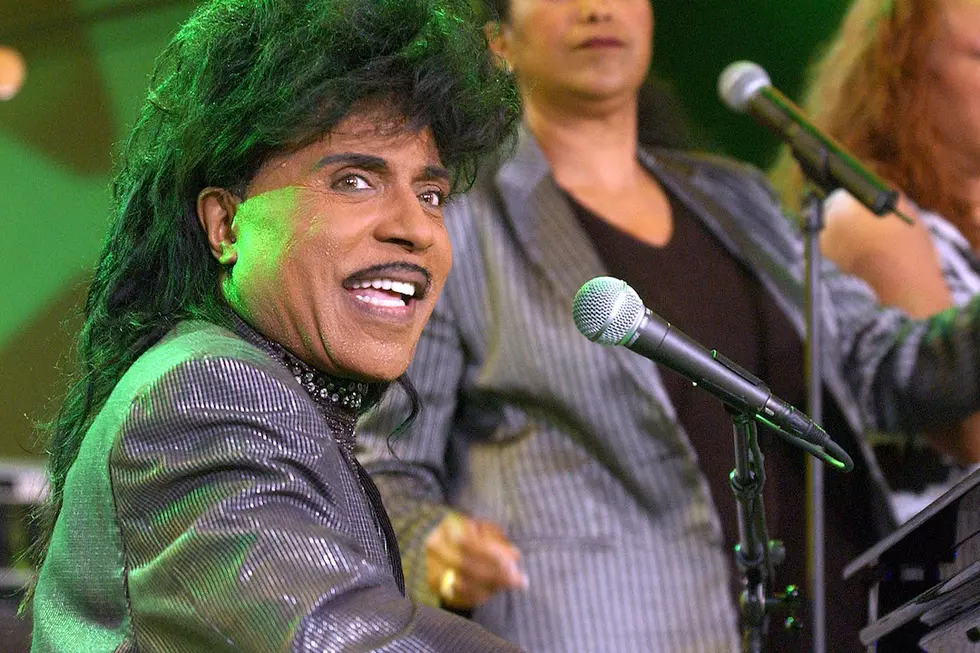
Little Richard, Rock Pioneer, Dies at 87
Little Richard, a major architect of early rock and principal influence on Paul McCartney, has died at age 87. He was reported to have been gravely ill since 2016.
His son, Danny Penniman, confirmed the news to Rolling Stone, adding that the cause of death was unknown.
Known for his whooping vocals, genre-bending music and wild personal style, Little Richard suffered a stroke and a heart attack in recent years, and was said to have spent much of his final days in a penthouse suite at the Hilton hotel in downtown Nashville, according to the Oxford American. He retired after suffering the heart attack during a fundraising event in 2013, and had reportedly been in a wheelchair while struggling to recover from 2009 surgical procedure on his hip.
Born Richard Penniman on Dec. 5, 1932, in Macon, Ga., Little Richard was the third of 12 children with a stern father who never approved of the boy's lifestyle choices. Richard took solace in gospel singing and piano playing in the church, where a pair of uncles and his grandfather served as preachers. Later, he was taken in by a white family who owned a nightclub, and Little Richard continued to hone his flamboyant performing skills.
An early contract with RCA, sparked after an executive heard Richard on an Atlanta radio station, went nowhere. It was only after signing with Specialty – a label that paired the over-agitated shouter with New Orleans musicians who shared his gumption – that Little Richard went from nobody to supernova.
"Tutti-Frutti," a No. 17 smash recorded in 1955 at Cosimo Matassa’s J&M Studio, opened the door for a string of era-defining hits. Among the best known were "Long Tall Sally" and "Good Golly Miss Molly." Little Richard also appeared in a spate of early rock films, including 1957's The Girl Can't Help It. But the church still tugged at Little Richard, and that same year saw him give it all up for the ministry. God Is Real, his debut religious album, arrived in 1959.
Watch Little Richard's 'Tutti Frutti' Screen Test
By then, however, the Beatles – like so many young rock 'n' rollers – were already hooked. "Long Tall Sally" had became part of their live set beginning in 1957 – not long after it was released. "I could do Little Richard's voice – which is a wild, hoarse, screaming thing," McCartney told Barry Miles in Many Years from Now. "It's like an out-of-body experience. You have to leave your current sensibilities and go about a foot above your head to sing it. You have to actually go outside yourself."
He got even better at imitating the early-rock legend after Little Richard was said to have taught the group his signature "Wooo!" in Hamburg, Germany. "The Beatles were barely known then," Richard said in 2010. "They opened for me at the Star Club. [Laughs.] I had gotten the inspiration for that 'Wooo' from gospel singer Marion Williams."
The Beatles' version of "Long Tall Sally" excited him so much that it ended up luring Little Richard out of retirement. He never again reached the chart heights of his early Specialty days but, by then, his legacy as a member of rock's Mount Rushmore was already secure. Little Richard would become one of the 10 original Rock & Roll Hall of Fame inductees back in 1986.
"A lot of people call me the architect of rock 'n' roll," Little Richard once told Rolling Stone. "I don't call myself that, but I believe it's true."
He continued to work before the camera, memorably appearing on TV's Miami Vice and in the 1986 film Down and Out in Beverly Hills. Comeback tries included work for labels like Vee-Jay, Okeh, Brunswick and Reprise – the latter of which released a string of critically lauded, but light-selling early '70s albums. Along the way, he opened for the Rolling Stones, boasted a band with Jimi Hendrix on guitar, and sat in with Joe Walsh, Canned Heat, Elton John, and Delaney and Bonnie, among many others.
Watch the Beatles Cover Little Richard
He'll always perhaps be most closely associated, however, with the Beatles. Such was their regard for Little Richard that "Long Tall Sally" remained a staple of Beatles shows through to their last official tour stop in 1966 at San Francisco – where it served as the band's final complete-song performance that night. "Little Richard was one of the all-time greats," John Lennon said in Anthology. "The first time I heard him a friend of mine had been to Holland and brought back a 78 with 'Long Tall Sally' on one side, and 'Slippin' and Slidin'' on the other. It blew our heads. We'd never heard anybody sing like that in our lives."
McCartney eventually recorded his own Little Richard-style vamp, "I'm Down," during a remarkably versatile 1965 session that also included "I've Just Seen a Face" and "Yesterday." ("A lot of people were fans of Little Richard," McCartney told Miles, "so I used to sing his stuff but there came a point when I wanted one of my own, so I wrote 'I'm Down.'") The Beatles had earlier included "Kansas City / Hey Hey Hey Hey" on 1964's Beatles for Sale as an homage to him, then borrowed Little Richard's old keyboard player Billy Preston for a series of collaborations, most notably 1969's "Get Back."
Lennon later stormed through a medley of "Rip It Up" and "Ready Teddy" on 1975's Rock 'n' Roll. McCartney added an official version of "Lucille," another favorite from the early-Beatles repertoire, onto 1988's Choba B CCCP. "Shake a Hand" from 1999's Run Devil Run had also earlier been recorded by McCartney's musical hero. Little Richard returned the favor, adding a second vocal on the Beatles' "I Saw Her Standing There" for Jerry Lee Lewis' 2006 album Last Man Standing.
In Memoriam: 2020 Deaths
More From Ultimate Classic Rock
